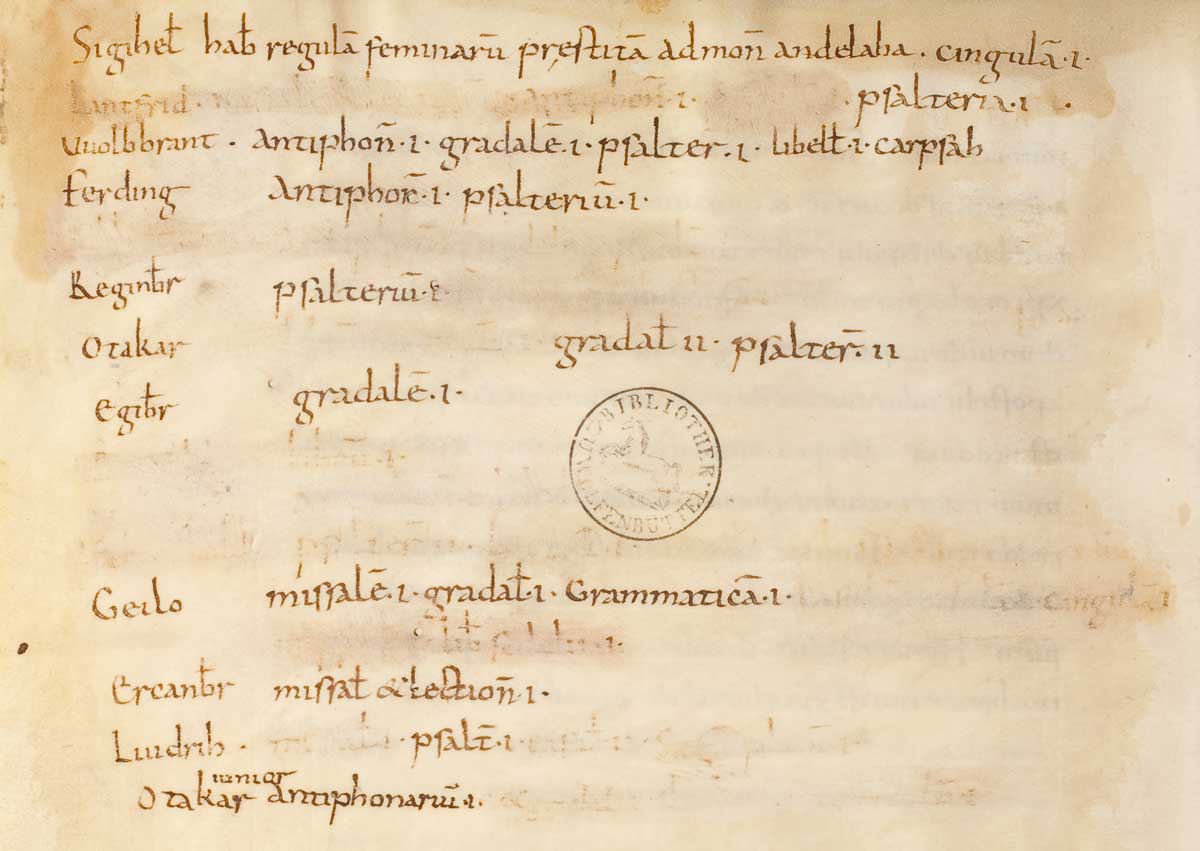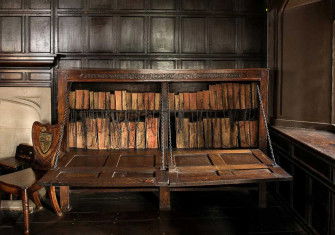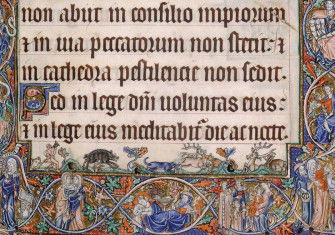Who’s the Reader?
How medieval manuscripts reveal the reading communities of the early Middle Ages.

When we picture the libraries of the Middle Ages, we see heavy tomes chained to wooden benches, far away from an accessible open space. It is a place forbidden, guarded jealously by the hooded librarian of The Name of the Rose, Malachi of Hildesheim – a domain of men. No books can leave this prison.
This is, however, at least partly, a misleading picture, rooted in our prejudice about how we picture the way early medieval literacy and book culture functioned. Fortunately, we have glimpses of how this world of reading looked in reality. The answer is held by the manuscripts themselves; not in their initials decorated in gold and blue, but in the final pages and marginal notes that preserve the record of the daily lives of early medieval libraries.







